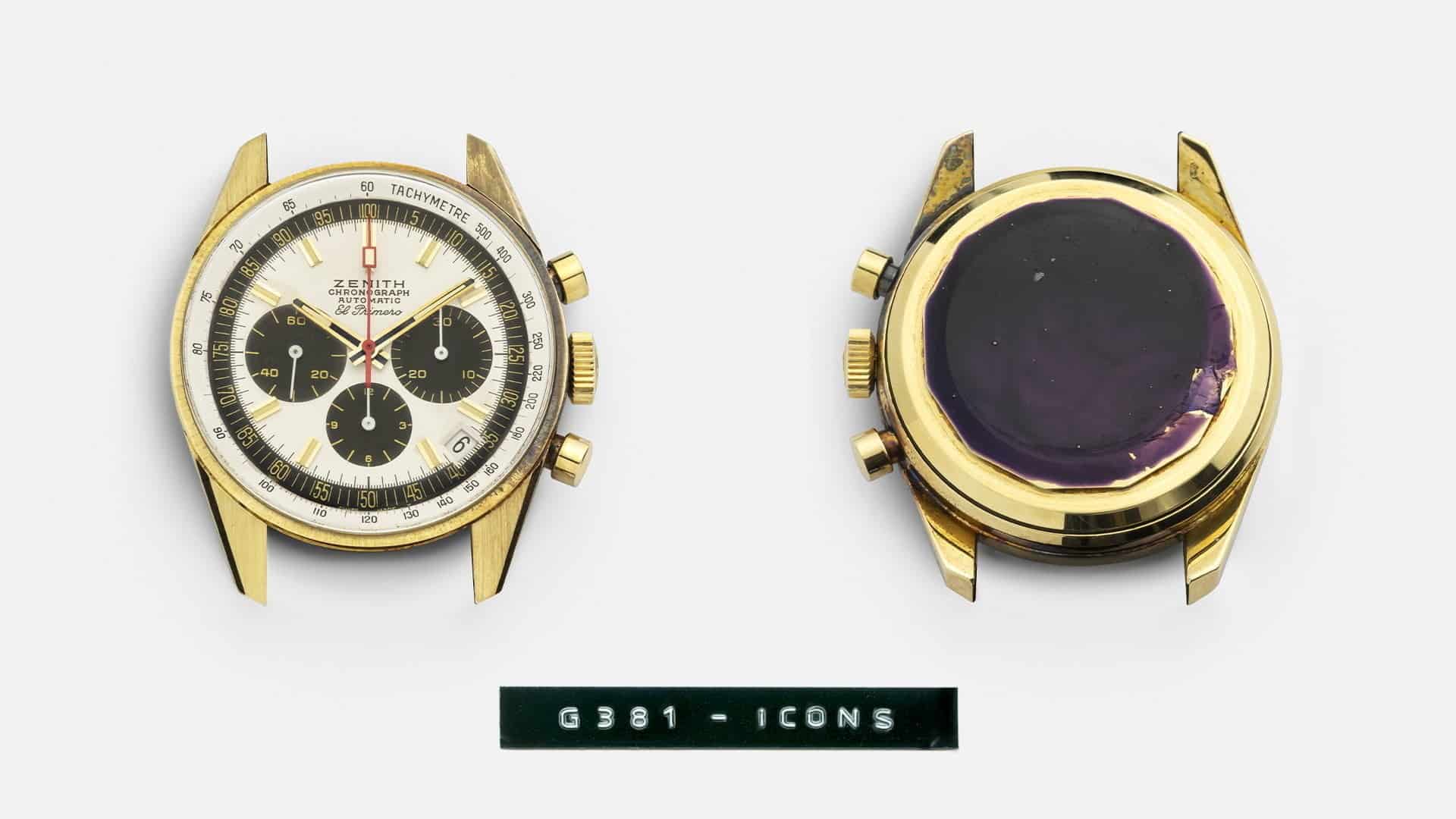
One of the vintage watches sold at the Phillips Geneva Watch Auction last week opens the window to the heyday of Cartier London in which independent styles were produced, in 1960s.
There was an interesting watch for those interested in Cartier’s rich design heritage at the Phillips Geneva Watch Auction on May 8-9. The estimated price of watch was approximately 50,000 dollars; it was predicted to be sold for a maximum 100.000 dollars. However, timepiece, nicknamed “The Baseball” or “The Pepple” due to its appearance, sold for $ 445.000 far beyond the expectations. The Cartier London is behind the simple yet unusual appearance of this rare handmade watch.
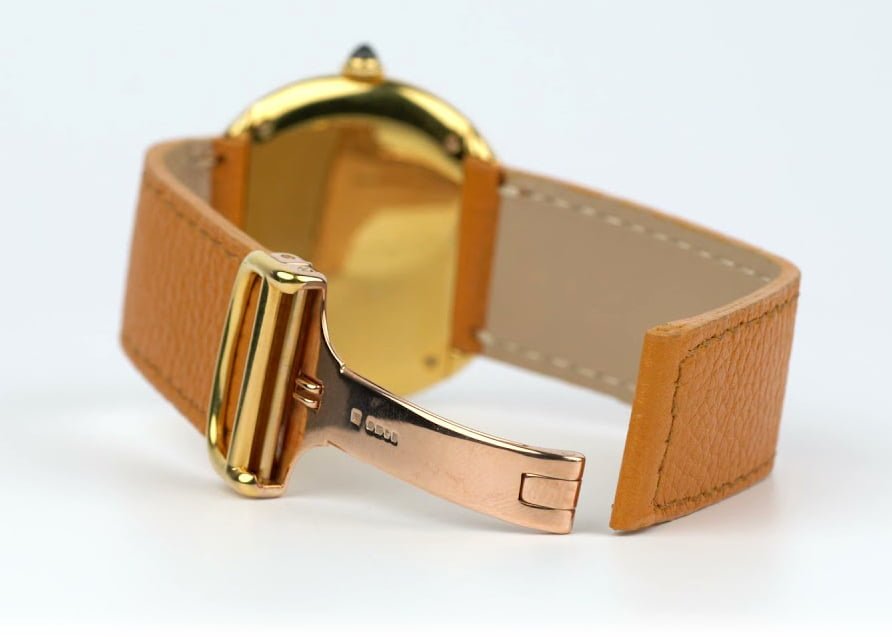

The most memorable decade in the history of watch design may be the period during the 1960s and 1970s. Incredibly, those years were both a time of crisis and creativity. (Iconic watches such as the Rolex Submariner, Omega Speedmaster and Heuer Monaco were products of that period.) The designers of that period influenced by social changes, led to a true design revolution in any field, from watches, to jewelry, passing through cars, the architecture and ready-to-wear fashion. In those years, new form of expressions were added to traditional designs.
London was one the epicenters of this change. Cartier’s heart was in Paris, but the Cartier London, with the support of the headquarters and the power of independent watch production possibilities, created some of the most impressive, striking, and iconic designs in history. Cartier London produced extraordinary watches for eight years, from 1966 to 1974. The famous British music group Beatles also managed to change history of music in just 7 years (1963-1970).
England’s most talented jewelry designers and craftsman dominated the Cartier atelier in London, whose was founded at the beginning of the 20th century. The London atelier gradually has changed when Jean-Jacques Cartier, who succeeded his father in London, ran the Cartier retail in London from 1945 to 1974.
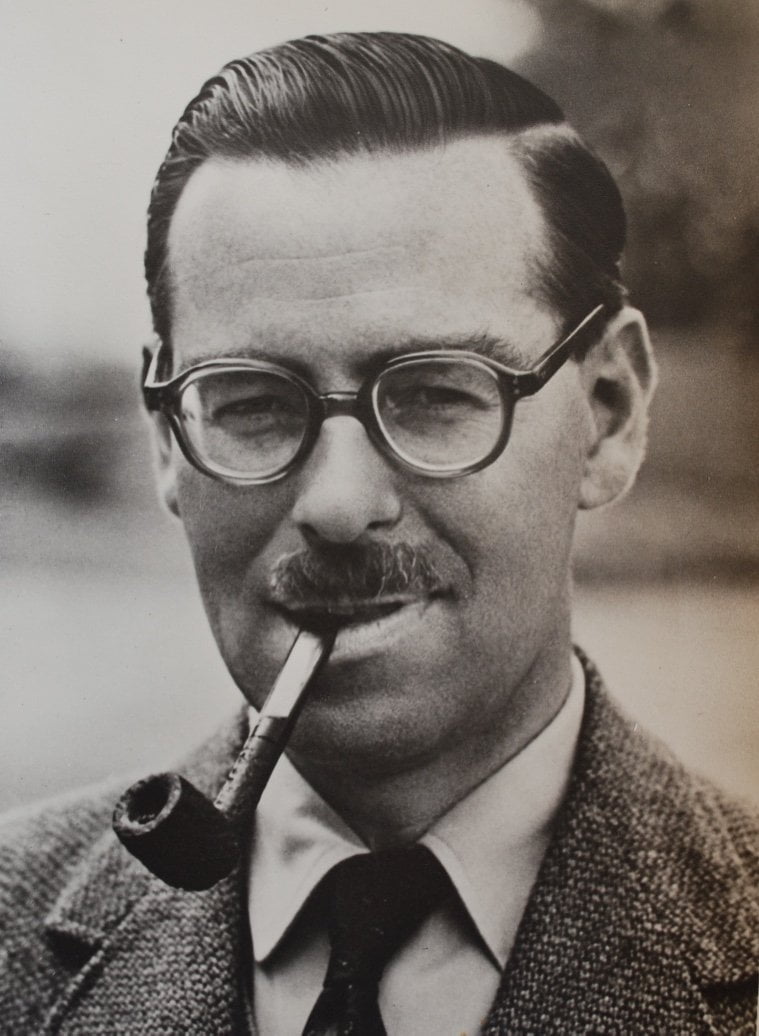
During this period, Cartier’s Paris, London, and New York retails were managed by different names due to the slow communication system, and this allowed independent styles to emerge under a single brand name. A special importance was given to watch design in the 1960s and the team was expanded due to Jean-Jacques Cartier’s desire to produce watches. The ingenious ideas of Rupert Emmerson and other designers, who played with Cartier’s visual identity, also had opportunity to come to life at that time.
The first watch of Cartier London with a radical design, the Crash model, had released in 1967. Maxi Oval and Tank Cintrée watches are also amongst the other well-known designs of Cartier London. (Jean-Jacques Cartier resigned from Cartier in 1974 when the three retails were re-emerged.)
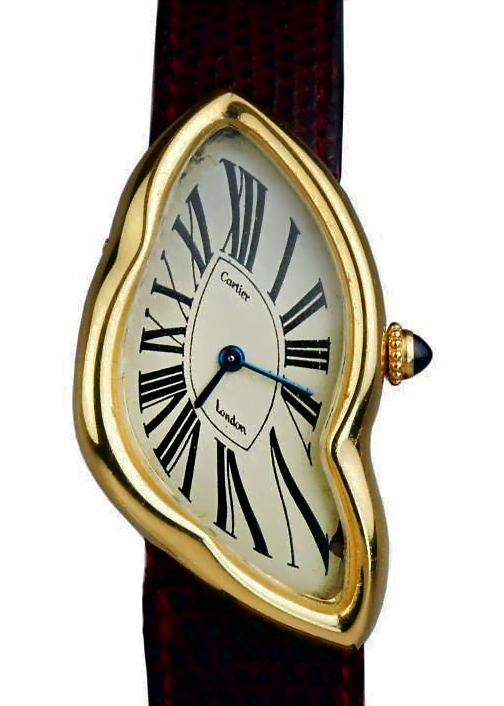
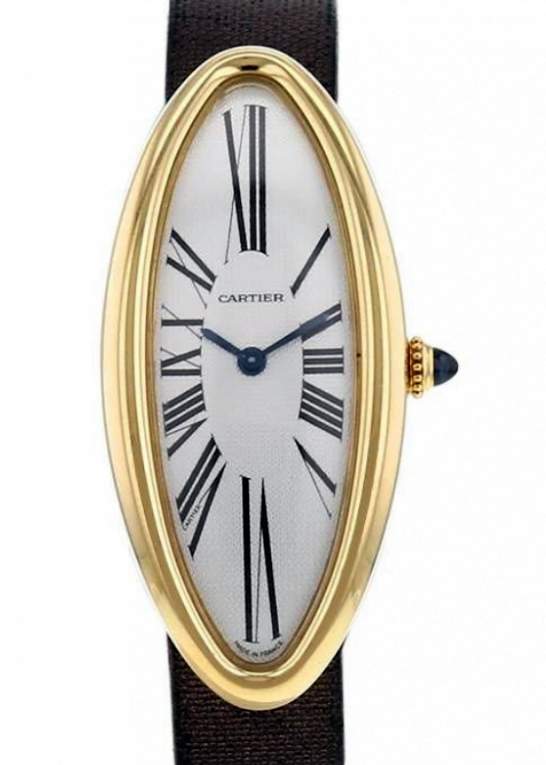
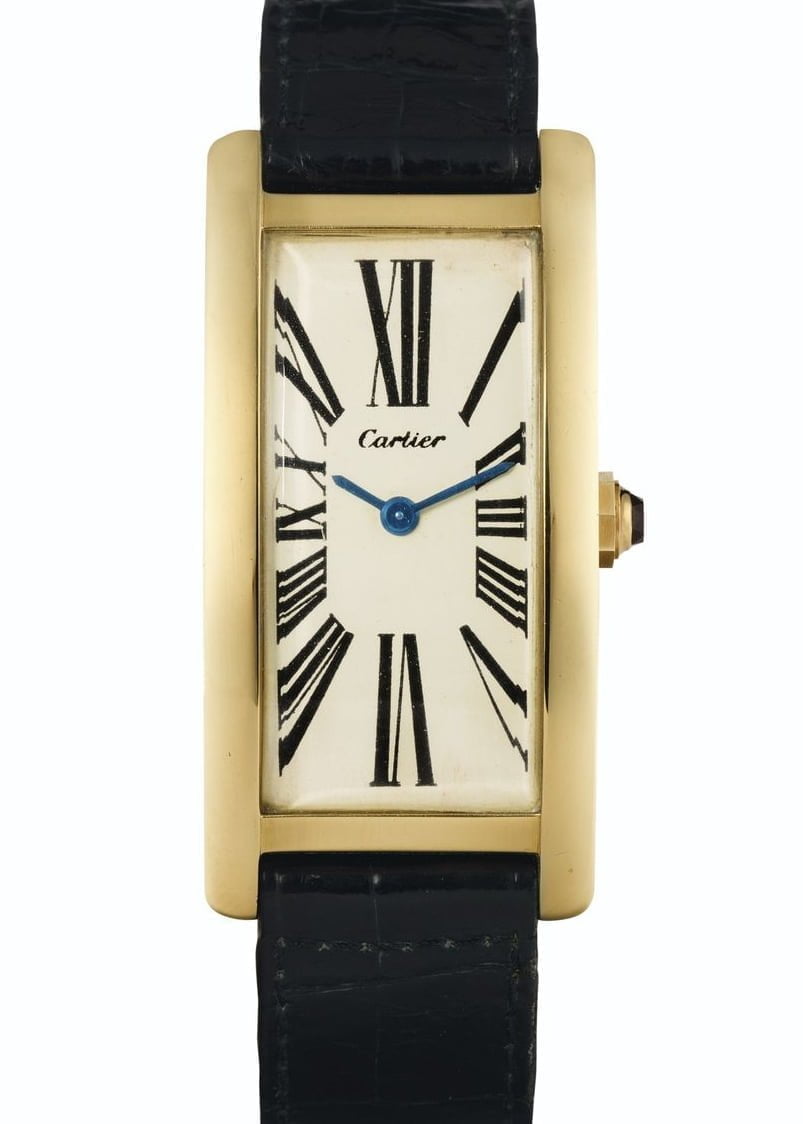
The Cartier watch, which attracted attention and sold at Geneva Auction, is the product of such a period. The design, which has deceptively a simple structure, contains the two most basic geometric shapes: the circle (case shape) and the square (dial shape). The contrast appearance of the circular case with the square dial grants a striking aesthetic impact to the timepiece. The fact that Cartier managed to achieve such a refined effect with such a simple design is an example to leadership of the brand in terms of design.

The watches produced in London were stamped special to the atelier. The number 1402 is stamped to both on the case and on the clasp, showing that its buckle is original. Furthermore, there is another hallmark for 1972 on the clasp. Since the Cartier London was not the size of a factory, the watches produced in those years are also limited availability and extremely rare. It is estimated that around 6 examples were made from the present timepiece.

